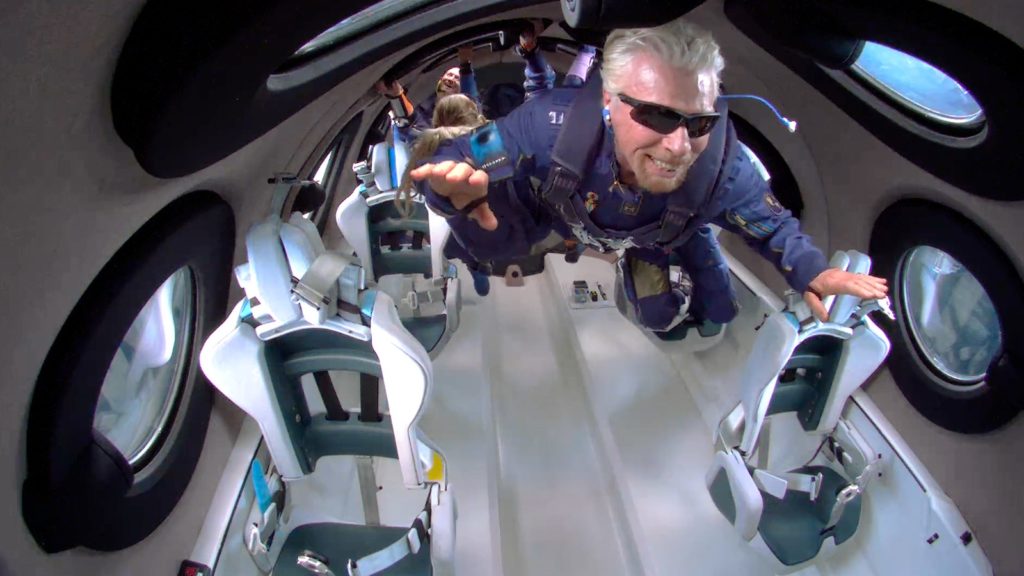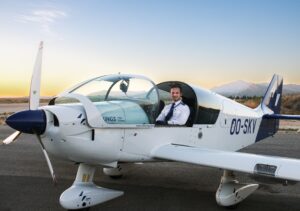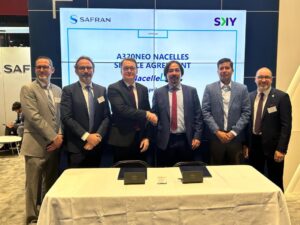Over recent years a sense of competitiveness has been building between three of the world’s most successful entrepreneurs and the commercialization of sub-orbital space flight. While Elon Musk has already successfully commercialized his company SpaceX having launched multiple payloads into space, it was Jeff Bezos who, until this Sunday, was the front-runner for being the first of the three who would travel into space with his company Blue Origin. However, at 8.30 a.m. MT on Sunday July 11, Sir Richard Branson took off from Spaceport in Truth or Consequences, New Mexico, onboard SpaceShipTwo with three Virgin Galactic employees and two pilots. At just after 9.15 a.m. SpaceShipTwo detached itself from the mother ship WhiteKinightTwo and a few seconds later all on board experienced 3Gs of force as the spacecraft accelerated into the Earth’s upper atmosphere.
At an altitude of approximately 50 miles (80 kilometers) SpaceShipTwo reached the top of its flight path and for approximately four minutes the four passengers were able to experience weightlessness while also enjoying spectacular views of space and the curvature of the earth. This was only the fourth test flight of SpaceShipTwo, taking place just nine days before Jeff Bezos was due to be launched into space onboard Blue Origin’s New Shepard rocket, together with his brother Mark, and 82-year-old Mary Wallace Funk who, in the 1960s, underwent astronaut training but was denied the opportunity of flying into space because of her gender. The fourth passenger is an unknown gentleman who paid US$28 million at auction for a seat on board the spacecraft for its first passenger flight.
Virgin Galactic plans to conduct just one more test flight before it will begin flying paying customers. More than 600 people have so far reserved tickets priced at US$200,000 to US$250,000, including Justin Bieber and Leonardo DiCaprio.
It will be interesting to see what altitude New Shepard reaches as there is an element of confusion surrounding the altitude at which the earth’s atmosphere officially ends and space begins. The earth’s atmosphere doesn’t physically stop at a defined point, but instead becomes gradually thinner at greater altitudes. Physicist Theodore von Karman defines the edge of space as the highest point at which an aircraft could fly without reaching orbital velocity, a point he and the FAI agree is at an altitude of 100 kilometers. However, the U.S. Air Force and Sir Richard Branson both see the boundary as 80 kilometers. It may be that Jeff Bezos and New Shepard try to regain the ascendancy in the space race by targeting the higher altitude, though that may be a challenge as the flight is much shorter at ten minutes from launch to touch-down, including three minutes of weightlessness. The Virgin Galactic flight lasts for approximately one hour from start to finish.






























